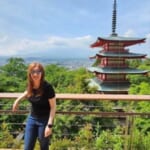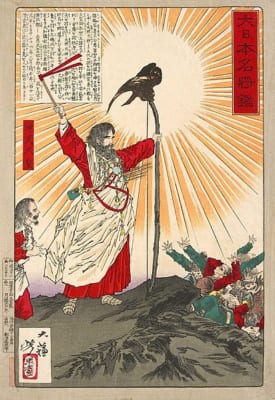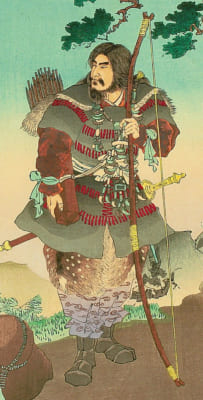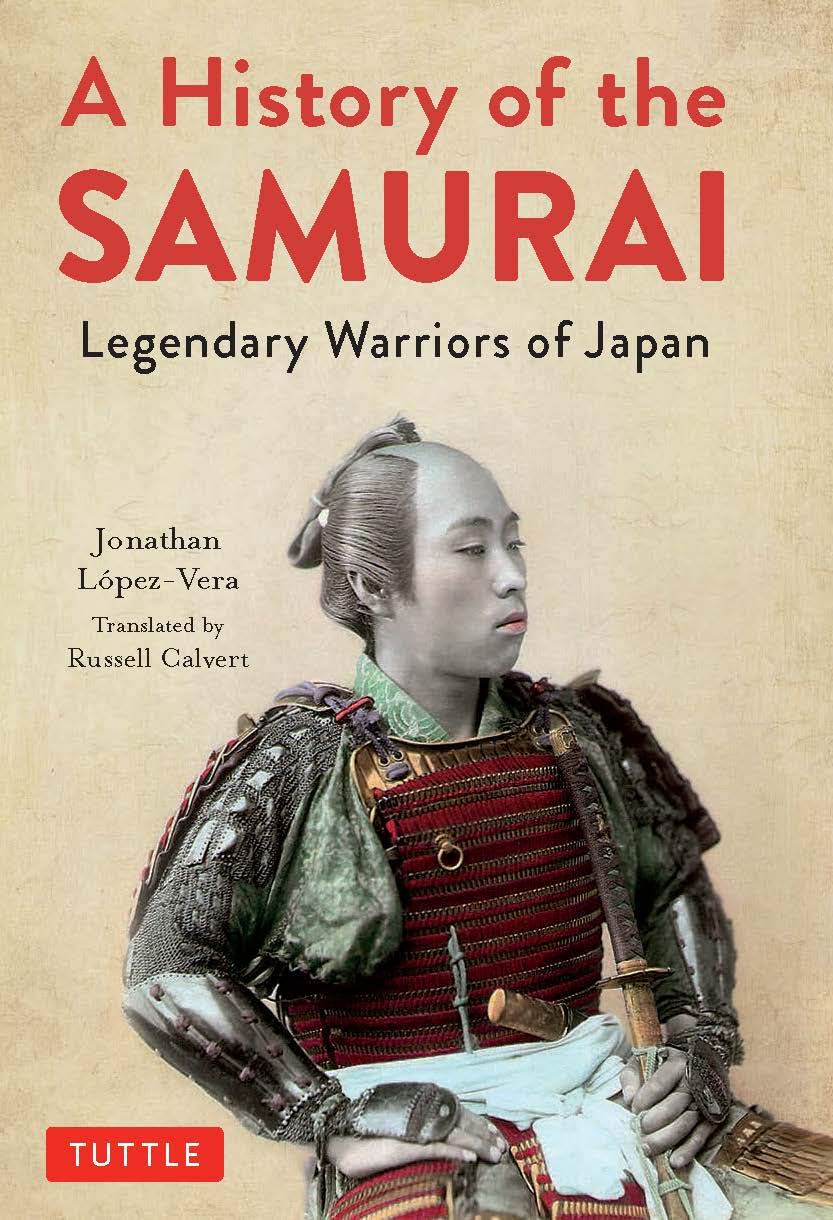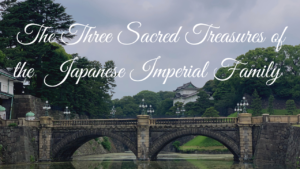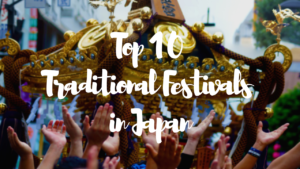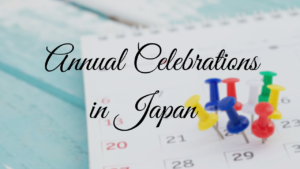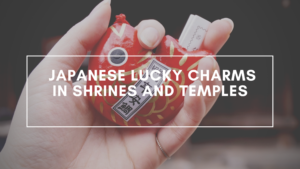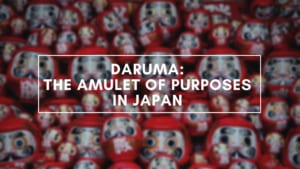The Mythological Origins of Japan: Izanagi, Izanami and Amaterasu
Discover the legend of how Japan's islands were created
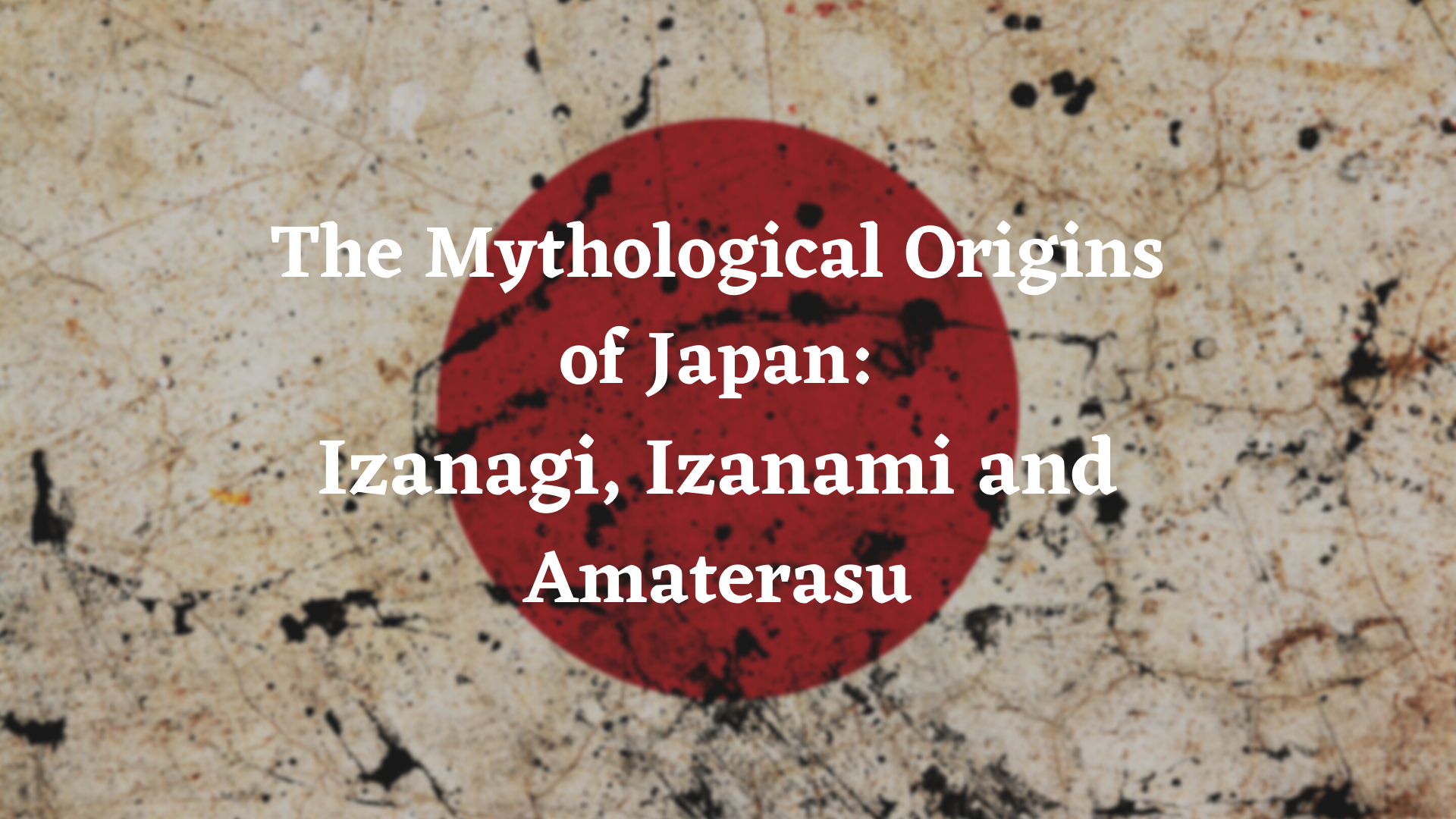
As it usually happens with many civilizations that have been on Earth for thousands of years, the first stories about the creation of the world usually fall within mythology. We can see it in the Greek and Roman gods, the Egyptians or Norse or Scandinavian mythology among others. This is also the case in Japan.
The Kojiki is the oldest historical book in Japan, but although it’s a historical book it is full of myths, legends, songs and oral traditions. You have probably heard on some occasion that the Japanese monarchy is the oldest hereditary monarchy in the world that has reigned continuously above the English one, and is said to descend from an important goddess of the Shinto religion. This statement is based on what is written in the Kojiki, which tells how Japan, the Land of the Gods, was created.
Izanagi and Izanami, the creators of Japan

In the origin of time the first gods (kami) appeared in Takamagahara or High Plain of Heaven. At that time the world still had no form, and was a huge liquid mass. The first generation of gods was followed by other generations, until Izanagi (the one who invites) and Izanami (the one who invites), a marriage of siblings. The gods sent Izanagi and Izanami to build the world, turning that liquid mass into solid ground. In order to accomplish this task, they are given a spear called Amenonuhoko. Izanagi dips the spear into the liquid and when he pulls it out, it drops a few drops, which turn into dry land, creating the first island, the island of Onogoro. Izanagi and Izanami then move to this island to continue their task and build a palace.
Once in the palace, Izanagi and Izanami had to continue to create more divinities and islands and populate them. In the palace there was a column, called the Pillar of Heavenly August. Izanagi circles around the pillar in the left direction while Izanami moved to the right until they met and exchanged greetings.
Izanami: “What a fine young man!”
“What a fine young lady!”- replied Izanagi.
And the two joined together to procreate. However, both the first and the second child born of this union were unfinished, limbless and boneless, so they got rid of them and consulted with the other gods of the Takamagahara. They told him that when turning the column, Izanagi should have been the first to speak. They listened and performed the ritual in this way, and this time Izanami gave birth to countless divinities as well as the islands of Awaji, Shikoku, Oki Kyushu and Tsushima and finally Honshu, the largest island. And so the eight main islands of Japan were born.
Amaterasu, the Japanese Sun Goddess
As is often the case in many mythological tales, some births are not in the natural or usual way but are born from the body parts of their parents. But unfortunately for Izanami the god of fire, Kagutsuchi, was born naturally, burning and killing his mother in the process. Izanagi tried to save her, but could not, and driven by the fury of his wife’s death he killed Kagutsuchi by cutting off her head. From the dead body of Izanami as well as from the blood and body of Kagutsuchi more deities and islands were born. Also from Izanagi’s tears more deities were born.
Izanagi mourned his wife’s death for a long time, and unable to accept his loss, he decided to go to Yomi, the underworld, to bring Izanami back. For a moment Izanagi and Izanami were reunited, but after Izanami went to find the god in charge of the Yomi to ask if she could return to her husband, she did not return. When Izanagi went looking for her again, she was found in an advanced state of decomposition and with maggots and some thunder deities that had just been born from Izanagi’s body (the maggots turned into thunder snakes). Izanagi managed to flee while Izanami and other flaming beings (such as the newly born thunder gods) chased after him, and locked Izanami in the underworld, blocking the way with a huge rock. Enraged by her confinement, Izanami issued a curse that a thousand people would die every day, so Izanagi issued a blessing that fifteen hundred people would be born every day. From that moment on Izanami became the goddess of the dead.
As he had visited the underworld or Yomi, Izanagi cleaned his body and clothes to purify himself and then from different parts of his body or his dress new divinities were born. Then the last three gods were born from different parts of his face when he washed it, and they are three of the most important gods of Japan: Amaterasu, the goddess of the sun, Tsukiyomi, the god of the moon and Susano-wo, the god of the sea and the storm.
Amaterasu is one of the most important goddesses of Shinto and Japan. There was an incident in which because of an offense by her brother Susano-wo, Amaterasu hid in a cave. Being the goddess of the sun, the world was left in darkness. The other gods tried to talk to her to get her out of the cave, but failed. So they devised a plan: They made a large mirror and some jewels that were placed in a tree in front of the cave, and the goddess Uzume danced naked, causing the rest of the gods to rejoice. This attracted the curiosity of Amaterasu, who peeked out of the cave. Then Uzume told her that they were celebrating that there was a better goddess than Amaterasu, and showed her her own reflection in the great mirror. When Amaterasu went a little further out of the cave to see who that better goddess was, one of the gods took her outside and the other gods sealed the entrance to the cave with a sacred rope. And so the light returned to the world.
Ninigi-no-mikoto, the grandson of Amaterasu
After the incident in the cave Susano-wo saved Kushinada-hime, the daughter of two old gods, from being devoured by an eight-tailed dragon. While cutting off one of the eight tails Susano-wo’s sword hit something very hard and broke. Inside the tail he found a sword that was later named Kusanagi. Susano-wo gave the sword to his sister Amaterasu as an apology for having offended her during the cave incident and married Kushinada-hime, with whom he had several children. One of these sons was Okuninushi, who was the one who finished the work that Izanagi and Izanami started by building the last islands of Japan.
However, it was also Okuninushi and his large family that brought disorder to the Earth, which worried the other gods, including Amaterasu. After several failed attempts with different emissaries, Okuninushi finally agreed to cede the Earth to them, and it became Amaterasu’s property. The sun goddess then sent her grandson Ninigi-no-mikoto to rule the Earth, and to help him in his task she gave him the jewel and the mirror that the other gods used to make her leave the cave and the Kusanagi sword that her brother had given her.
Jimmu, the first Emperor of Japan
It was Ninigi’s great-grandson, Jimmu, who would finished the whole country and become the first emperor of Japan in 660 BC. C. According with the Kojiiki Emperor Jimmu was enthroned on February 11th, and that is why this day is a national holiday in Japan (National Foundation Day). Emperor Jimmu is said to be the ancestor, 125 generations later, of the current emperor of Japan, Naruhito. If we take this as valid, the Japanese imperial family would be the oldest on Earth and would be direct descendants of the goddess Amaterasu, the goddess of the sun.
Also, when Amaterasu sent his great-grandson to Earth, she gave him three objects to help him in his mission: the sword that his brother Susano-wo gave her, the mirror used to get her out of the cave and a jewel. These three objects are called “The three sacred treasures of Japan”, and the Imperial Family defends that’s in possession of these treasures, and that would confirm their divine descent.
Note: Part of the information for this article is from the Spanish blog about Japanese history by Jonathan Lopez-Vera. Jonathan Lopez-Vera has a PhD in Japanese History and an MA in World History from Pompeu Fabra University (Spain). If you like Japanese history and are interested in knowing more, you can pre-order the book here.
What did you think of this story, did you like it? This legend is the reason why many Japanese say that Japan is the land of the Gods, or shinkoku in Japanese.
And if you want to know more about Japanese traditional culture or general culture, you can check these articles too! ????
▽Related Articles▽
▼Editor’s Picks▼
Written by
From Barcelona to Tokyo. Coffee & Adventure lover.
I started to like Japan because of the anime, music and dramas, but after my first trip to the country I found what I love the most: traveling around, the culture and history. I have travelled a lot in Japan, but I still have many places to discover that I want to share with you. Let’s discover Japan together!
Also, as a foreigner living in Japan for over 6 years I understand what kind of things are difficult when you move here and I want to help other people in the same situation that I have in the past.
